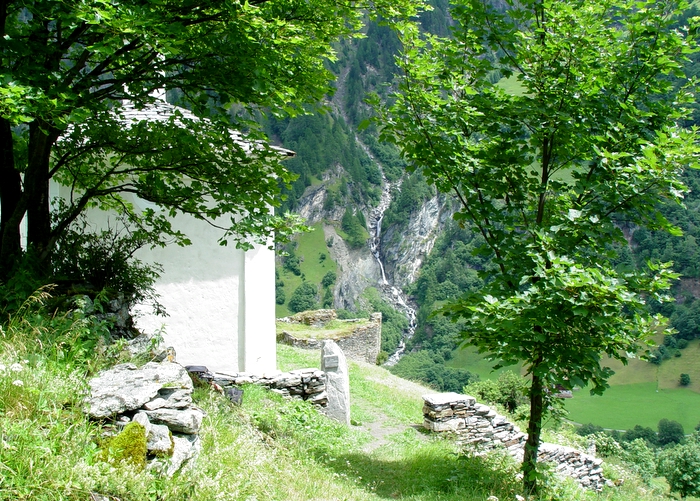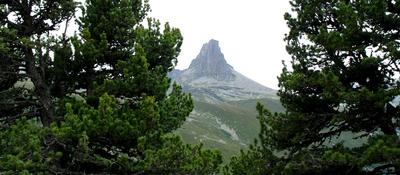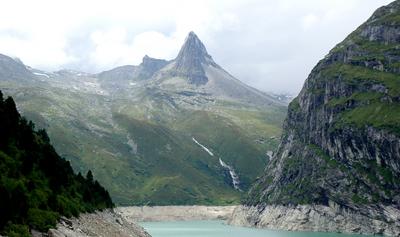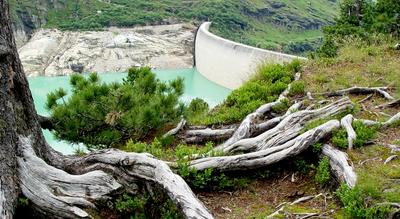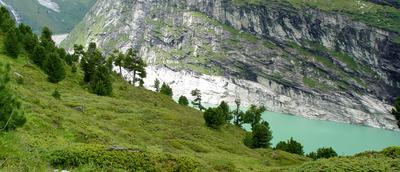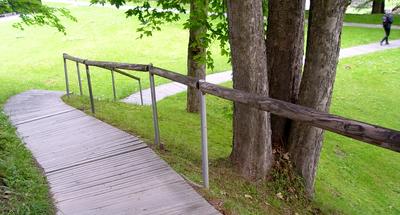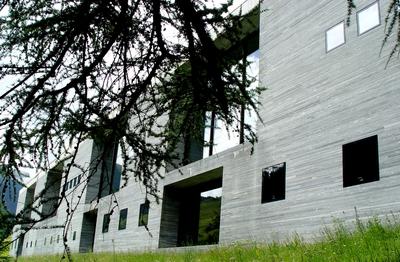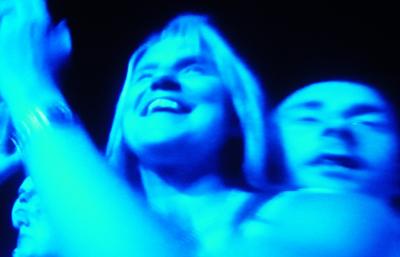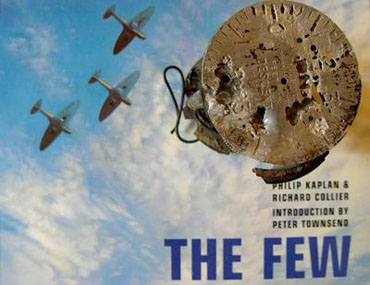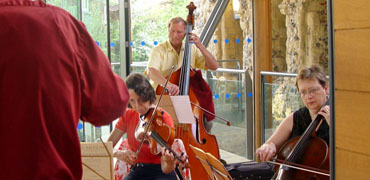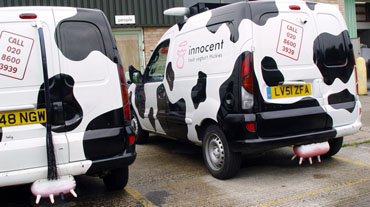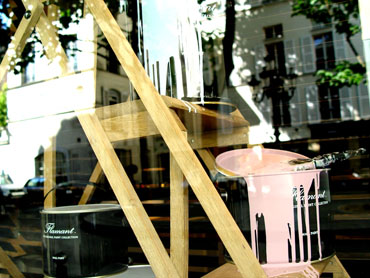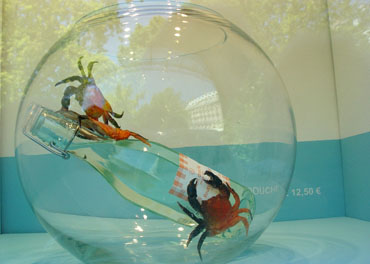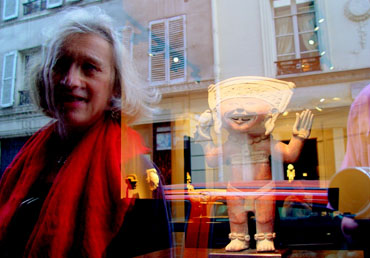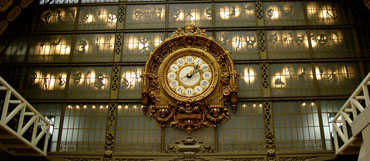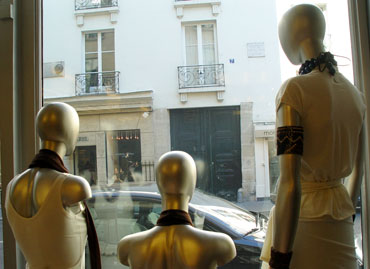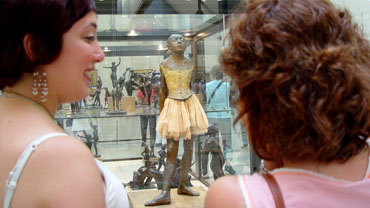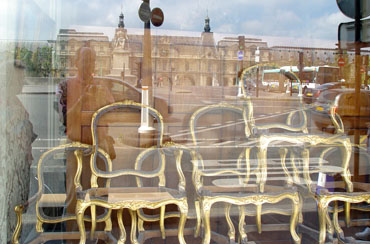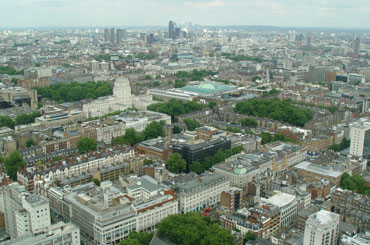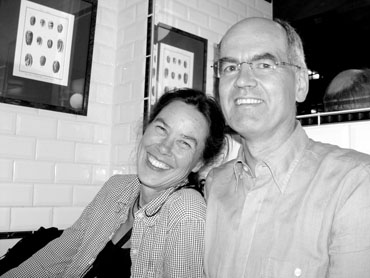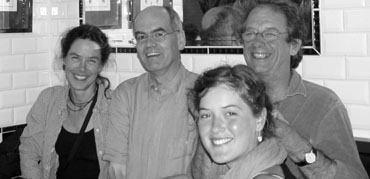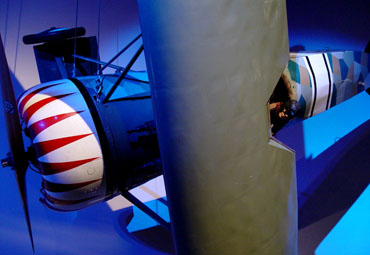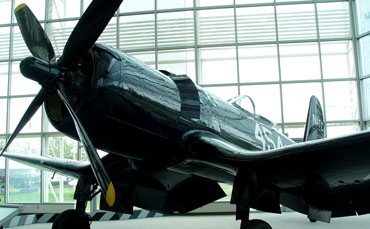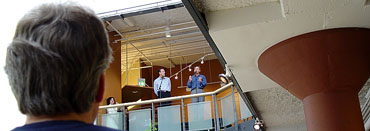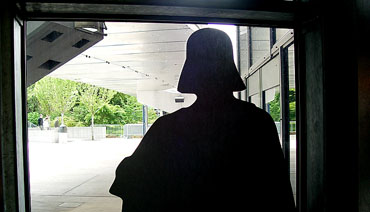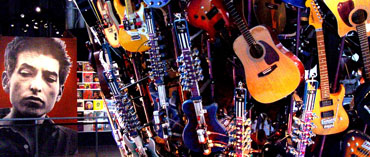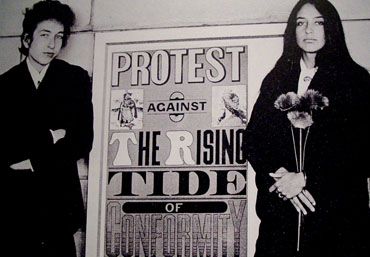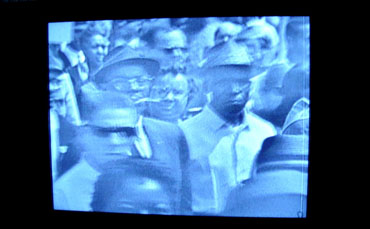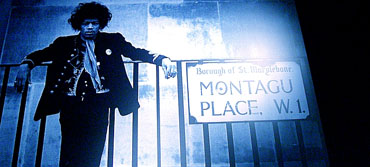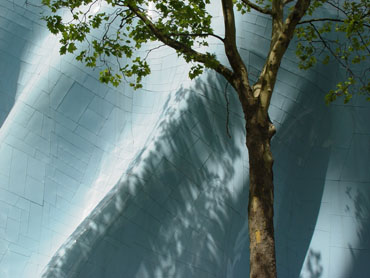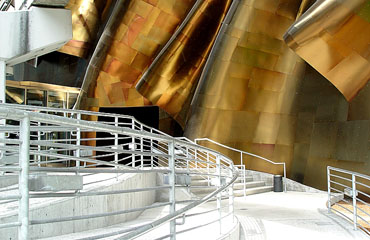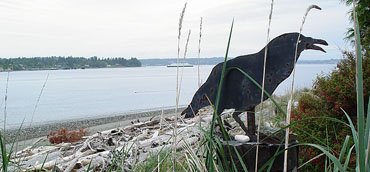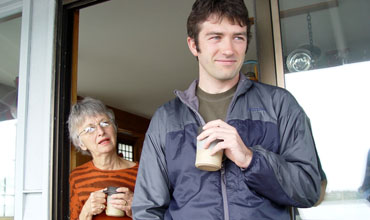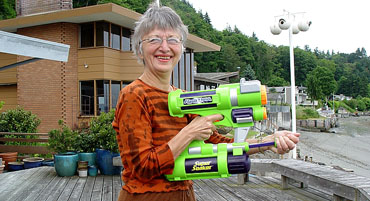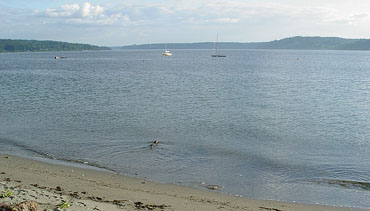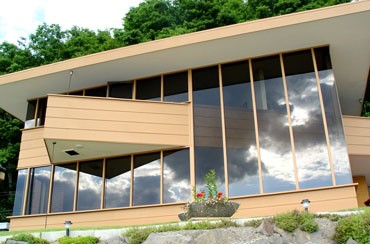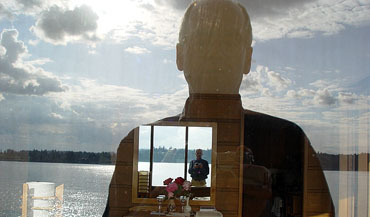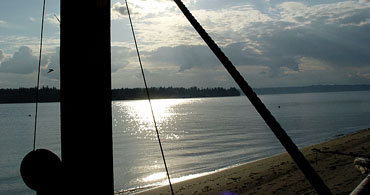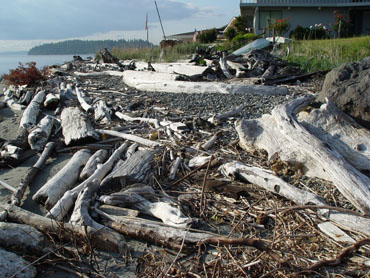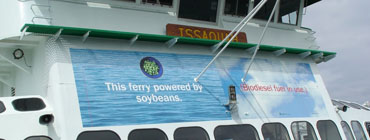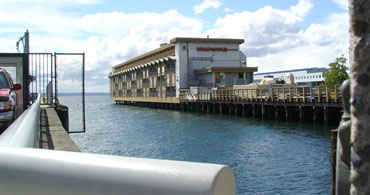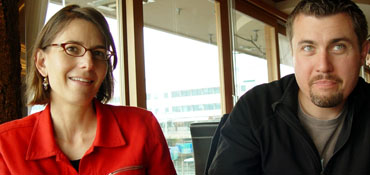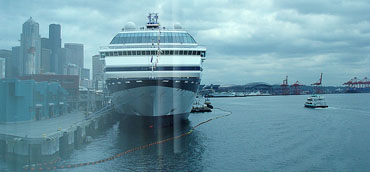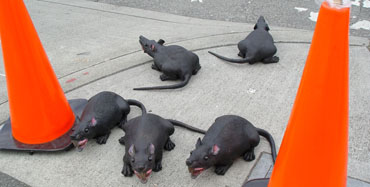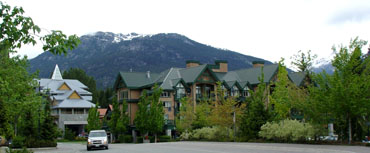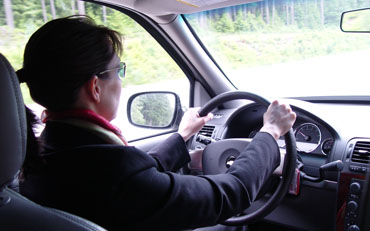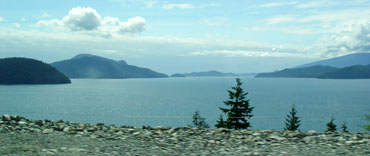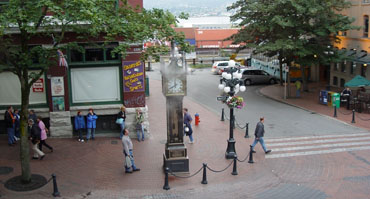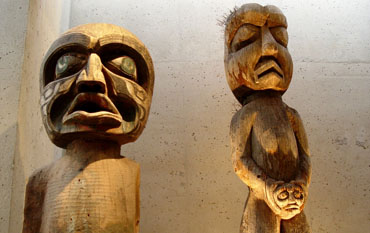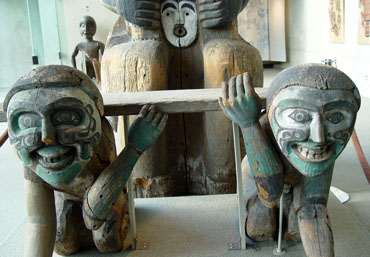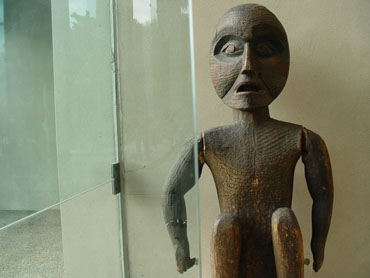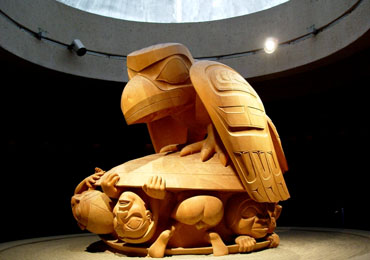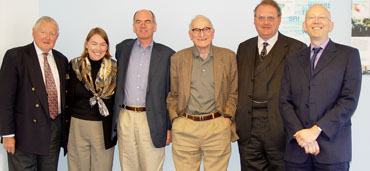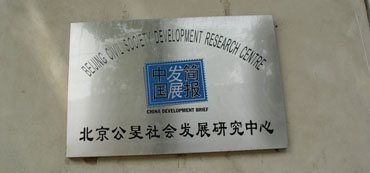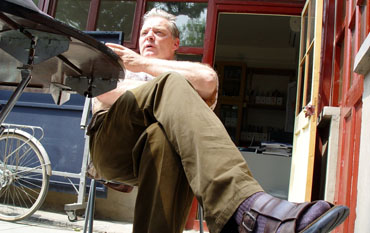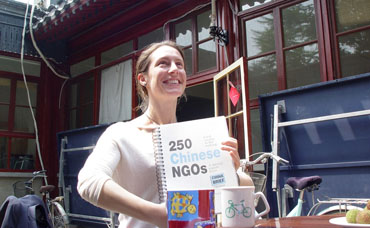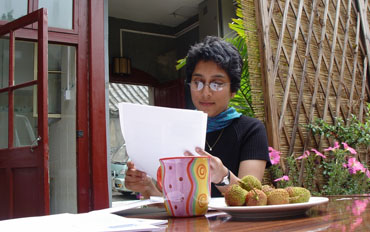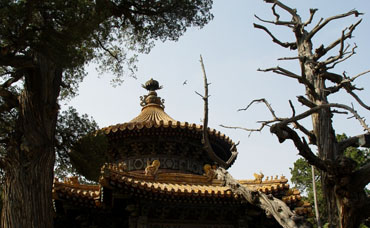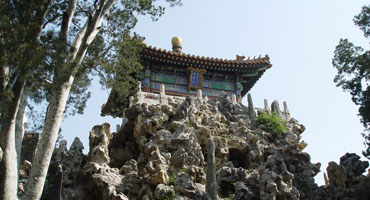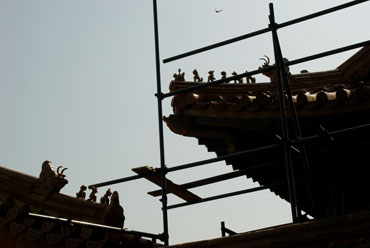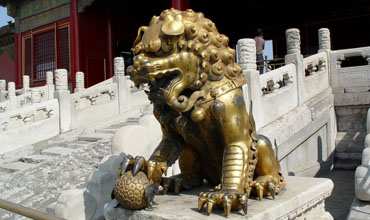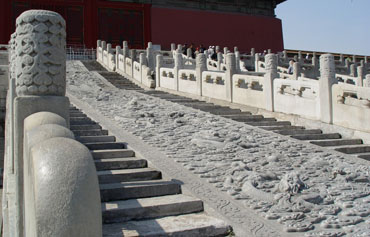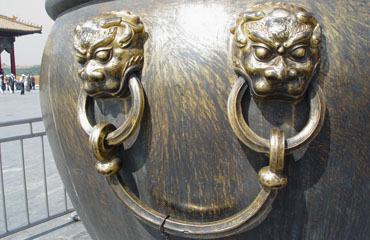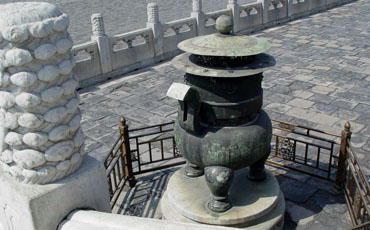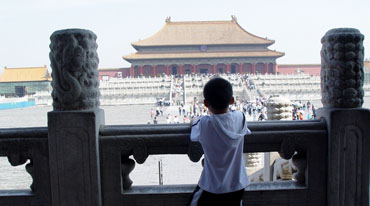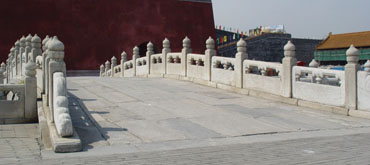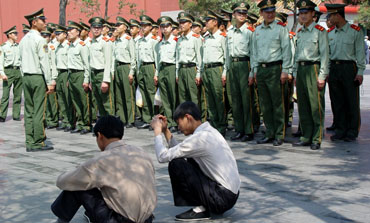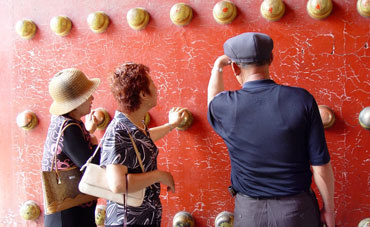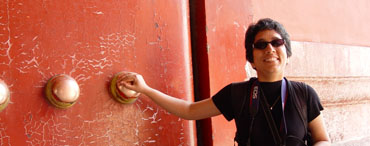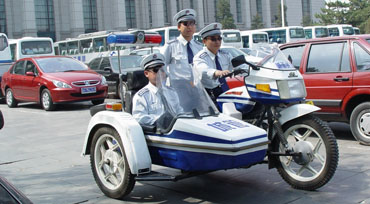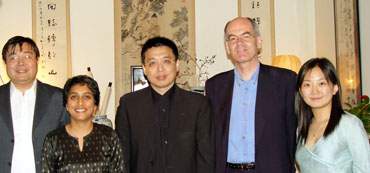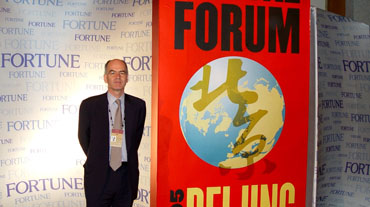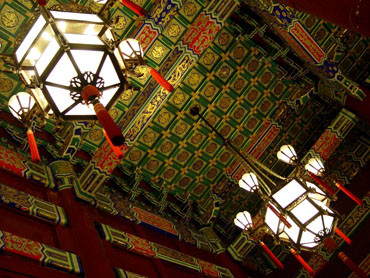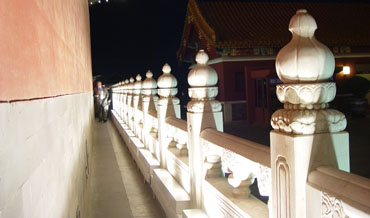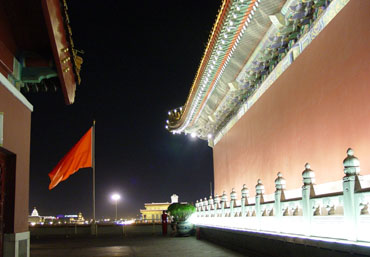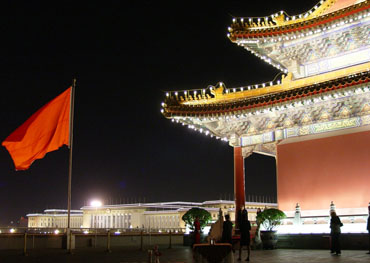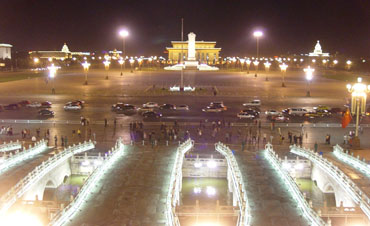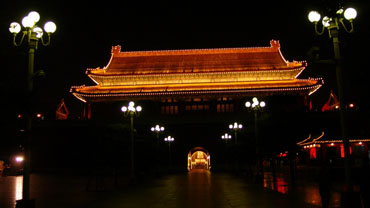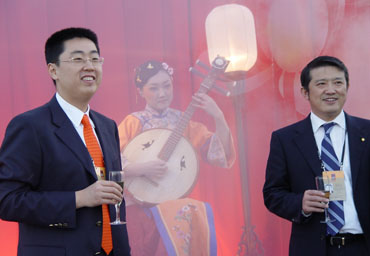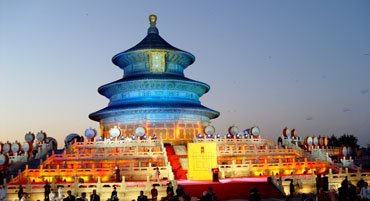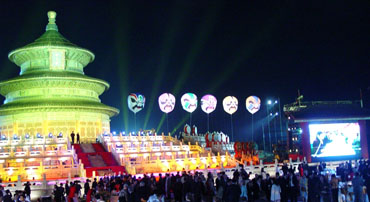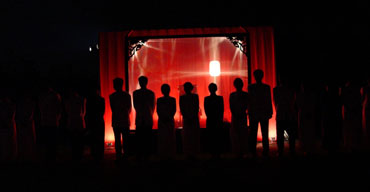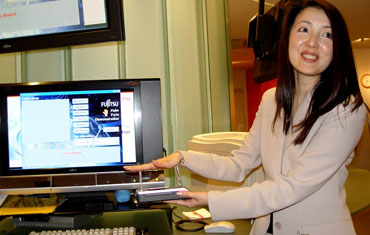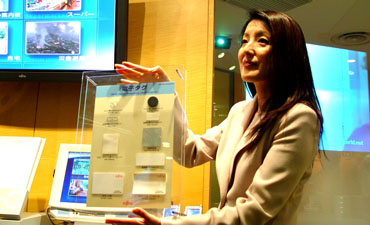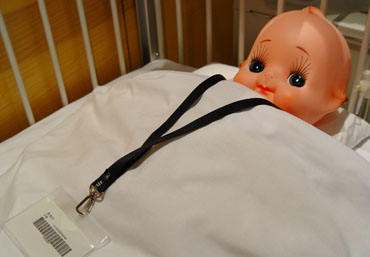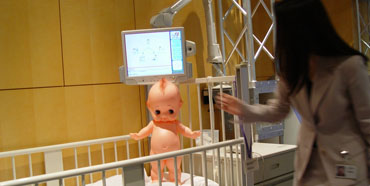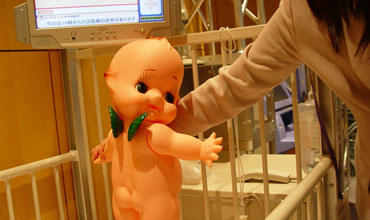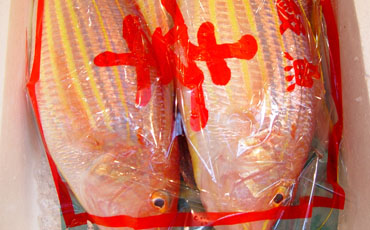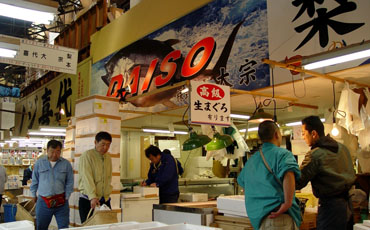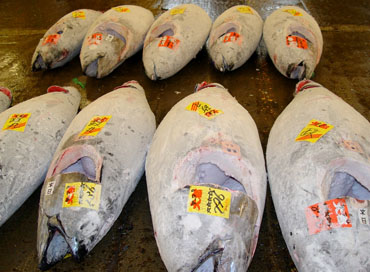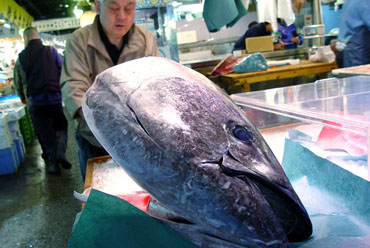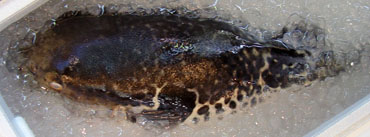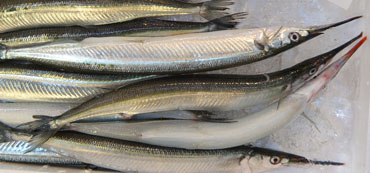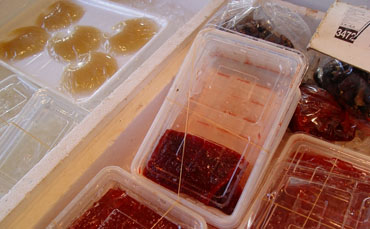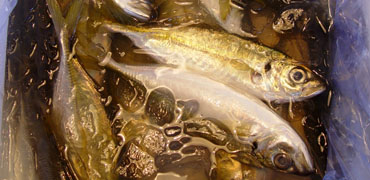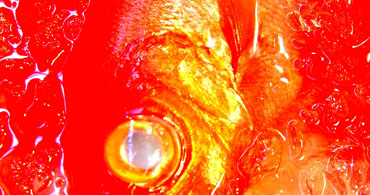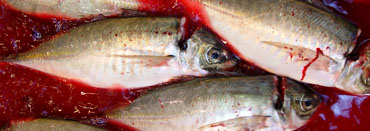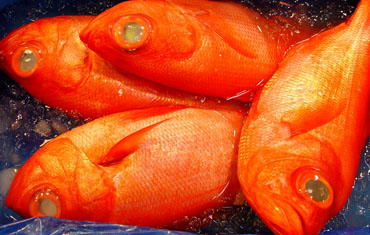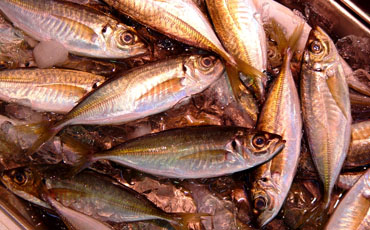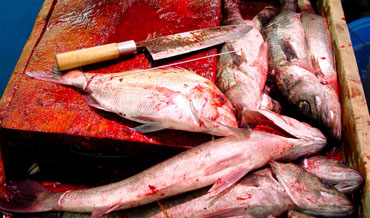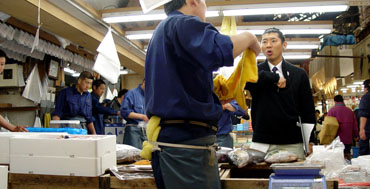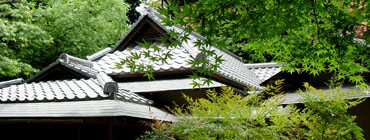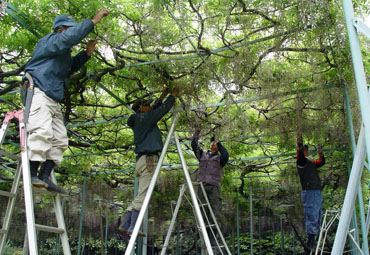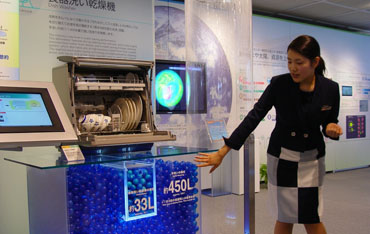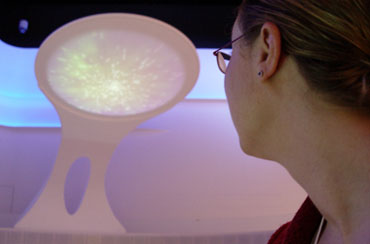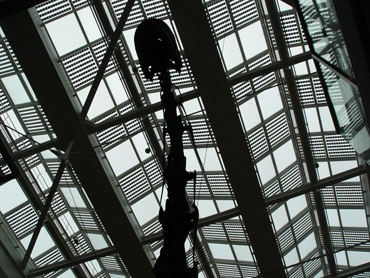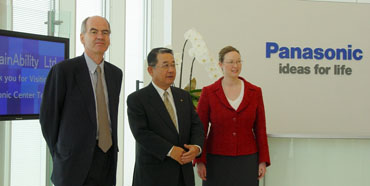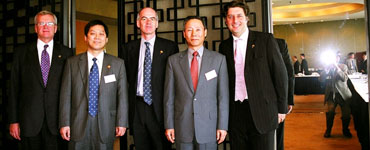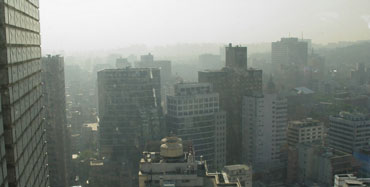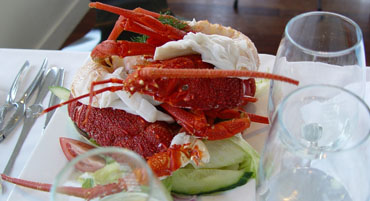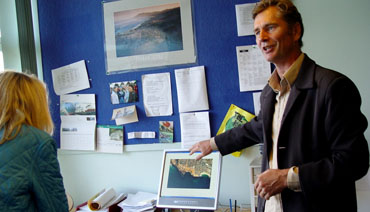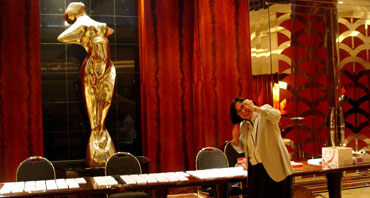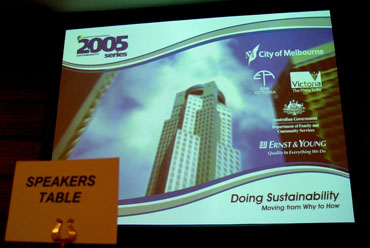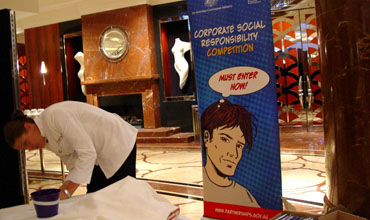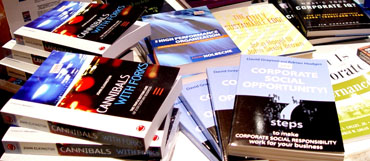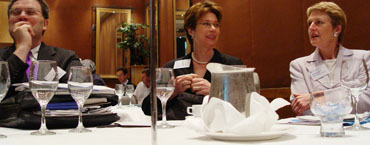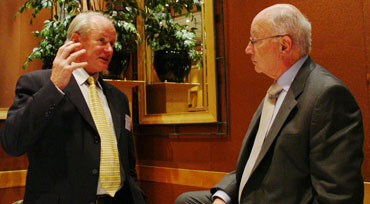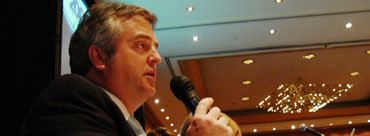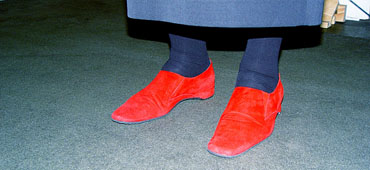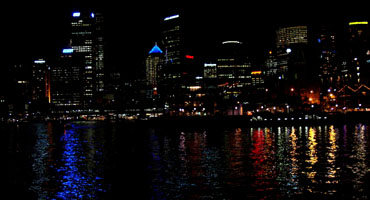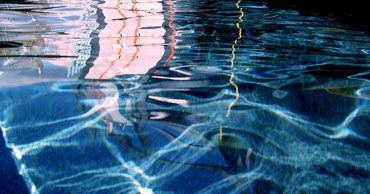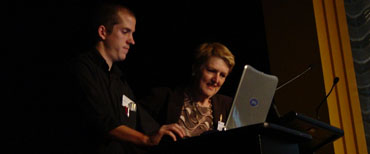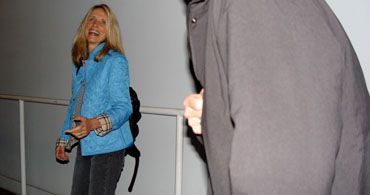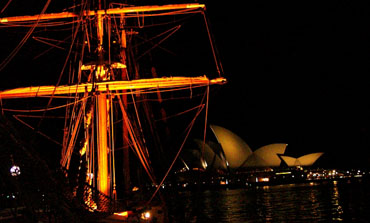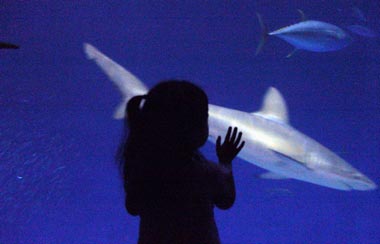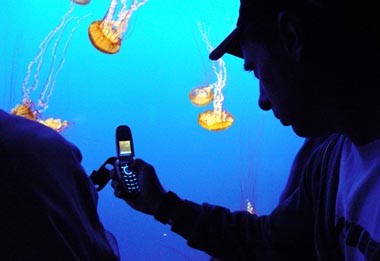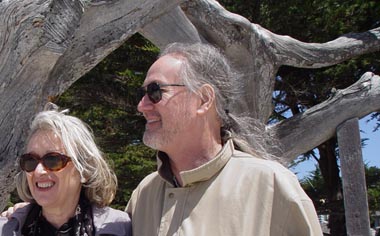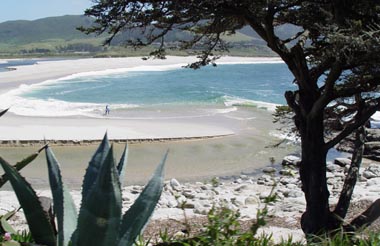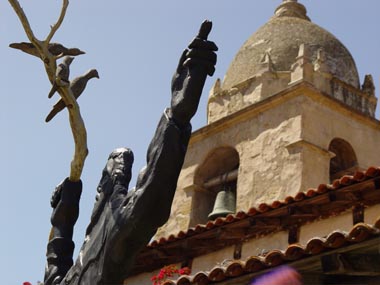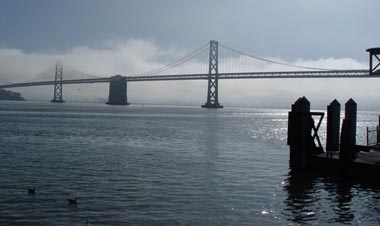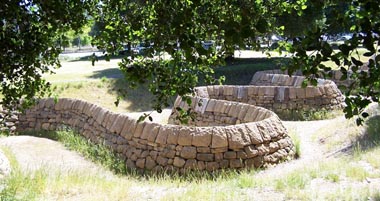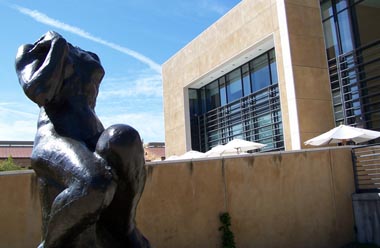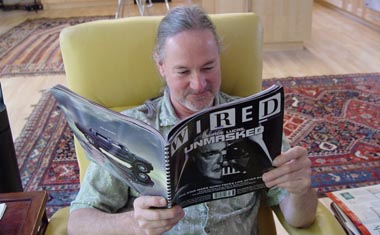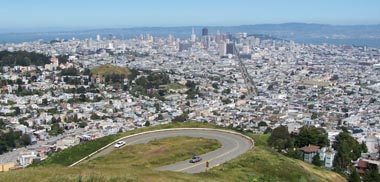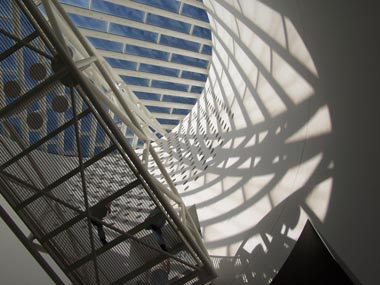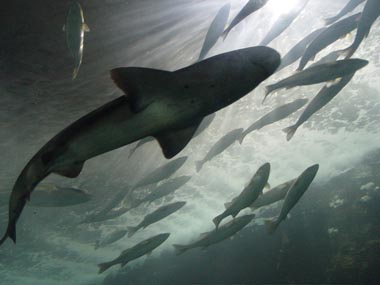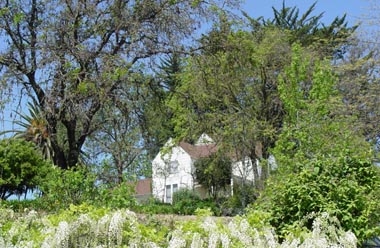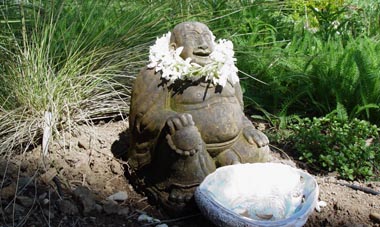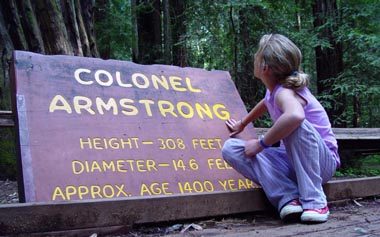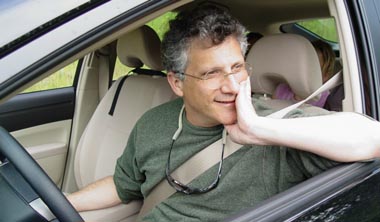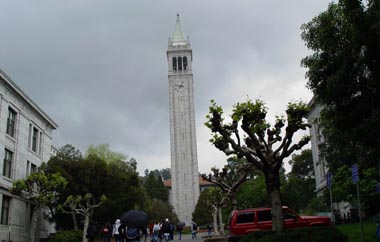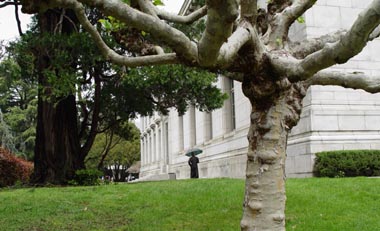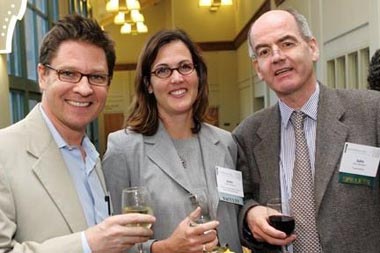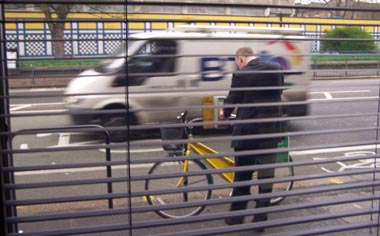Wednesday, August 31, 2005
ANIMALS AT WAR
Every day I cycle in to the office, I pass the new David Backhouse ‘Animals at War’ memorial at Brook Gate, Park Lane (http://www.indielondon.co.uk/events/att_animals_warmemorial.html). It struck me more forcefully today after conversations we had yesterday at CFS in Manchester about animal welfare and animal testing. So I dismounted and took a few photos. It is thought that – to take just one species – 8 million horses died in WWI, so the memorial is richly deserved. But few other countries would erect such a thing. And, on the way back from Manchester, I reflected on the legal ban now in force on fox-hunting in this country, which I both support and yet in some odd way also regret. The thought stream was prompted by the sight of a great red dog fox sitting upright in the evening sun, alongside a canal.
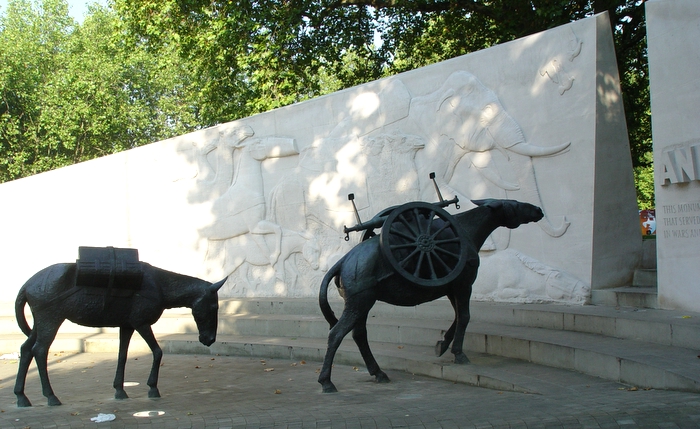
HORSE CHESTNUT PLAGUE
Driving Gaia and a guitarist friend across to a concert in Putney earlier this week, she and I both noted that pretty much all the horse chestnut trees on the Common are in dire shape. Gaia said she thought a Macedonian moth was to blame, but promised to check on the Net and send a link. Here are three links she sent today for what turns out to be a real little horror.
http://www.forestry.gov.uk/forestry/INFD-59YJKP
http://www.forestry.gov.uk/fr/INFD-68JJRC
http://www.forestry.gov.uk/fr/INFD-5ZXGXZ
DAYS AFTER TOMORROW
It’s not quite The Day After Tomorrow in New Orleans and its environs, but CNN reports that, “survivors are facing dire conditions — no power, little drinking water, dwindling food supplies, gunfire in the distance — with no way to get out. And the waters are still rising, at times dotted by the bodies of those who perished when the hurricane roared into town Monday morning” (http://www.cnn.com/2005/WEATHER/08/31/katrina/).
SustainAbility has long argued that it would take one or more really major climate-related disasters in the US to begin to shift the Bush regime. Hurricane Katrina probably won’t be enough to swing things, but it will contribute to the steady drip-drip pressure on the climate Neanderthals. One key factor: unlike people in most of the areas hit by the tsunami, Americans tend to be insured. And that means big insurance bills — and major headaches for the reinsurers, who are already among the most vocal champions of more serious action on climate change. That is a central theme of SustainAbility’s latest report, The Changing Landscape of Liability (http://www.sustainability.com/insight/liability.asp), one of the sponsors for which was the international reinsurance giant, Swiss Re.
Tuesday, August 30, 2005
CFS BANISHES FATIGUE
CFS stands for many different things around the world, among them Chronic Fatigue Syndrome. Having known several people with this version of CFS, I know it’s no joking matter. But as something of a reptile myself, unable to stir until the sun is in the heavens, I felt more than a little dissociated from reality as I got up at 04.45 this morning to head up to Manchester, courtesy of Virgin Rail, and spend a day with CFS – as in Co-operative Financial Services. It was like a shot of adrenalin. The issues ranged from climate change to the risk of creating a genetic underclass. Part of the discussion focused on the future of reporting. In SustainAbility’s 2004 benchmark survey of corporate reporting, the latest CFS report came top (http://www.cfs.co.uk/servlet/Satellite?cid=1108109697271&pagename=CFSSustain/Page/tplCFSPageStandard&c=Page). But the two sessions I did with different CFS groups also woke me up to the longer term potential of a re-energised co-operative movement, if that could be achieved.
Monday, August 29, 2005
APATHY OUT OF FASHION
An ex-colleague, Nick Robinson, currently with BP, just sent me a link to a website I hadn’t come across, http://www.antiapathy.org/. We have been thinking about the fashion industry recently, largely because of its huge impact on other industries, and Anti-Apathy is active in that area. Anyone interested in this area might want to roll up for the Ethical Fashion Show on October 7-9, in Paris (http://www.ethicalfashionshow.com/index2.htm#).
SKYWHALESONG
Spent most of the long holiday weekend working, but the weather over the last couple of days has been glorious, the sky an extraordinary deep blue, the temptation to dawdle immense, but largely resisted. And the skies have had me thinking of fin whales and – in the wake of a piece I read in The Observer yesterday – about new ideas about life in space, alien life-forms. The fin whales came from today’s Times, which reports that fin whales, humpbacks and something like 2000 dolphins have been pursuing fish which have been pursuing plankton in warm currents reaching much further north than usual through the Irish Sea. Climate change, it seems, maybe also linked with Hurricane Katrina, which today just missed New Orleans.
And the skywhales? These are from a Channel 4 TV series (Alien Worlds) that will apparently begin on 4 October, alongside a new exhibition on the ‘Science of Aliens’ at London’s Science Museum (http:www.sciencemuseum.org.uk/aliens). They are reputed to live on Blue Moon, which has a super-dense atmosphere of oxygen and carbon dioxide. The ‘skywhales’ float through the soupy atmosphere on 10-metre wings, preyed on only by ‘caped stalkers’, eagle-like predators that sound like killer whales on amphetamines.
One of the questions raised by the Science Museum website’s alien section is whether someone out there is listening to us? As I sat down to file this blog, my Mac’s screen was dark, with the SETI at home scan running in the background. This uses down time on the computer to process signals received from deep space (http://setiathome.ssl.berkeley.edu/). I haven’t seen any signs of intelligent life as yet, but having always loved whalesong (particularly as recorded many years ago by Roger Payne), I would quite like to hear skywhalesong.
Wednesday, August 24, 2005
WORLDPROCESSOR
With flood tides of data and information sluicing around the world, there is growing interest in visualisation techniques. That’s one reason why I have been experimenting with the notion of the ‘Value Palette’ (http://www.sustainability.com/insight/article.asp?id=322). And was fascinated to see a feature in the August issue of Wired on the work of New York artists Ingo Gunther. He and Worldprocessor (http://www.worldprocessor.com) plot data from newspapers and NGOs onto 12-inch plastic globes. Although the statistics are forever morphing, the impact of some of these globes is extraordinary.
Tuesday, August 23, 2005
CHINA SYNDROMES
The first in the series of columns Mark Lee and I will be doing for Grist magazine went live today at http://www.grist.org/biz/fd/2005/08/23/china/
COMING DOWN FROM SOLVENTS
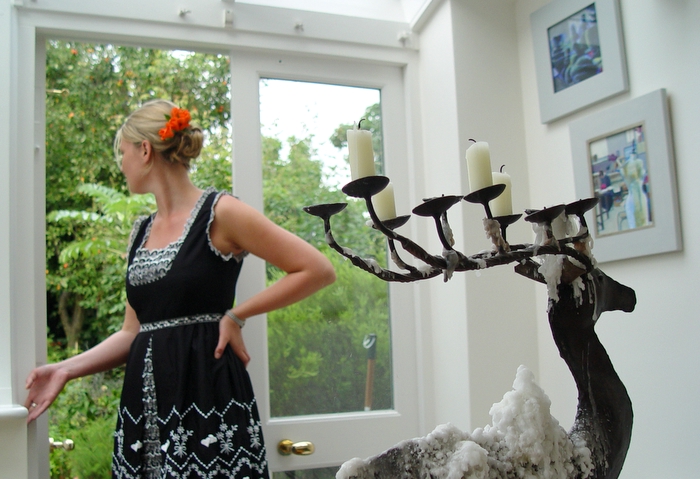
Hania in repainted kitchen
Finally able to blog again, after further problems with hosting agency. Having taken a couple of weeks ‘off’ at home to concentrate on a range of writing projects, particularly the social enterprise book, I have found myself working as hard as ever on a range of SustainAbility and related projects. But, still, the writing projects have gradually been cranking through, and that in spite of the fact that I have been breathing a very heady, solvent-rich atmosphere for the past week. We have had our kitchen repainted, after twelve years, and there still seem to be limits to what you can achieve with water-based paints. But that’s something to look into again if and when a possible consumer-focused project we are discussing materialises.
Wednesday, August 17, 2005
PEOPLE TREE
Dinner last night with Safia Minney of fair trade fashion company People Tree (http://www.ptree.co.uk or http://www.ptree.co.jp), based in London and Tokyo, and her husband James and Elaine. Had met Safia some time back, via the Schwab Foundation for Social Entrepreneurship, and had interviewed her for SustainAbility’s Radar (http://www.sustainability.com/network/global-influencer.asp?id=258). Emerged re-enthused about SustainAbility’s long-standing idea of tackling the fashion sector as a ‘gatekeeper’ industry that sets the specifications (and, often, horrendous deadlines and pricing levels) that drive so many other industries, among them those producing fibres, textiles and a range of chemical products – including the pesticides used to protect crops like cotton and the dyes that may delight the eye but too often pollute the rivers of major producer countries like India.
Tuesday, August 16, 2005
GRISTWARD HO!
Three painters – one on his way shortly to Iraq as a member of the Territorial Army – are repainting our kitchen after 12 years. But the smell of solvents from the gloss areas has me wondering whether my enthusiasm for various projects during the day has had more to do with what I’ve been inhaling than with what I’ve been hearing. That said, one of the bits of goods news today came as a result of a teleconference Mark Lee and I had today with an editor of Grist (http://www.grist.org), the US electronic magazine. Unusually, they apply humo(u)r to the environmental challenge. Mark and I will be starting a new monthly column for Grist in the autumn.
Sunday, August 14, 2005
BARNES WETLANDS
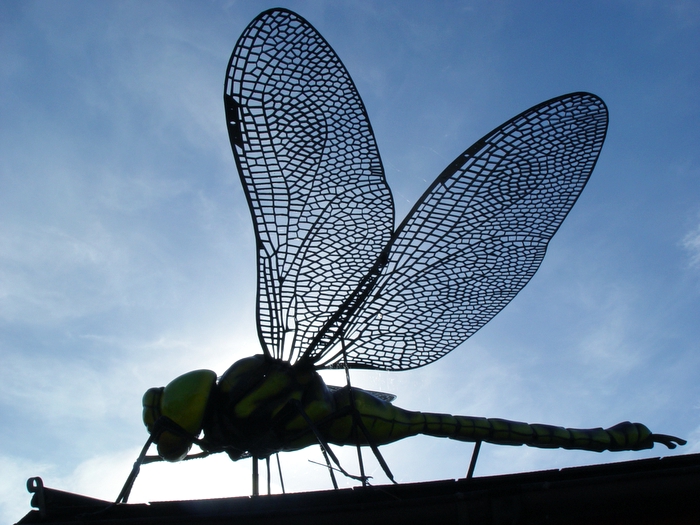
Overblown dragonfly
Spend a quiet afternoon walking around the Barnes Wetland Centre with cousin Simon Mills and his family. Apart from a few edge-of-vision frogs and the usual birds, real wildfowl are relatively scarce, but the transformation wrought on these once-vast reservoirs is an extraordinary example of what can be done with imagination and determination. Every time I walk past the wonderful sculpture of Sir Peter Scott at the entrance, who drove the whole process, I can’t help but recall the times he helped me – particularly, when as a Trustee of The Winston Churchill Trust, he helped sway the panel towards awarding me a 1981 Fellowship, which I took in the US. And the visits I did during that period represented a big step towards my first Pelican, Sun Traps.
Friday, August 12, 2005
WIRELESS, AT LAST
Working at home this week on a bunch of writing tasks and future presentations, with a trip down to Oxford on Monday with Elaine for a session on SustainAbility’s future format. Today, a couple of IT engineers – one PC, one Apple – came to sort out longstanding issues with my home IT system, which is built around an Apple G4 desktop, one of the most exquisite bits of technology I have ever used. Turns out that the Hermstedt NetShuttle box I had bought some time ago was dysfunctional from the outset, whereas I had thought it was just my incompetence.
While I am constantly confounded by how far computers have come since I began using them in the late 1970s, from the perspective of 2010 it seems unbelievable that we still need engineers to sort out dysfunctional boxes, VPN connections and the like. Hopefully, tomorrow’s computers will be able to sort themselves out, with a dollop of artificial intelligence. In fact, only this morning, I was browsing through a book by John Edwards, The Geeks of War (Amacom, 2005) while waiting for the e-surgery to finish upstairs. If the military can have things like self-healing databases, which Edwards discusses, why oh why can’t we? The answer, of course, is that their budgets help develop such things, then they cascade through what’s left of the world at large.
Monday, August 08, 2005
SOLAR HOME
Drove to Oxford with Elaine, for session with Geoff (Lye) and Sophia (Tickell). Once again hugely impressed by Geoff’s solar home – which continuously informs you on how much electricity the house is using, how much is being captured by the solar panels, and how much is being bought from (or sold to) the national grid. The repayments from the power company may be somewhat token to date, but you catch a whiff of the future.

Geoff shows Elaine what’s watts
Sunday, August 07, 2005
TANGLEY
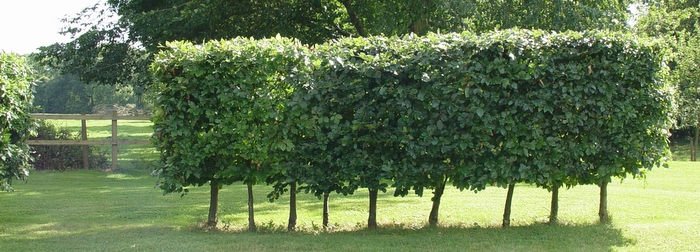
Caterpillar hedge
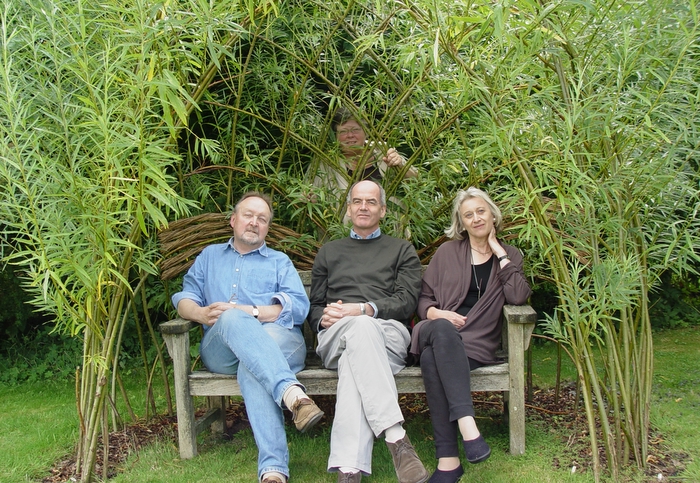
Peter, Eleo, me, Elaine
Elaine, Gaia and I drove down to Tangley, beyond Andover, to have lunch with age-old friends, Eleo Gordon and Peter Carson. Elaine and I had arrived to stay for two weeks with Eleo in her tiny Pimlico flat in the early 1970s, when I was at UCL, and ended up staying 18 months. Wonderful – if somewhat fitful – weather. Countryside looked idyllic, though the drive to and fro along the M3 was enough to persuade us that we are fundamentally urban creatures.
Driving in motorway lava streams drains me, whereas cycling to and from work recharges me. Got my bike back from the repair shop yesterday: one set of gears had collapsed, so they have put in new, stainless steel cables. The charge was very reasonable, given today’s labour costs, but it struck me that for not much more than three times the repair cost I could have bought some sort of new bike, made in Korea or China. But the huge amount I spent on the bike (a Dawes) over 15 years ago has repaid itself many times over, not least in standing up to a couple of major spills.
LEAVING SOCIAL FOOTPRINTS
Heard again yesterday from Mark McElroy, who is joining a team of researchers at the University of Groningen in The Netherlands for a three year project as Visiting Researcher. The ultimate ambition is to evolve a systematic methodology for computing ‘blended’ TBL (triple bottom line) scores for companies and others. Further details of his social footprint work from:
http://www.sustainableinnovation.org/the-social-footprint.html
Saturday, August 06, 2005
THE VALUE PALETTE
One of the things I have been working on in recent weeks has been what I dub ‘The Value Palette’. As I have become more impatient with some of the reductionist ways of using triple bottom line (TBL) thinking, which we have been so instrumental in developing and spreading, my brain has been heading off in two related directions: the first towards greater integration across the TBL agenda of economic, social and environmental value added/destroyed, which pushes me in the direction of ‘Blended Value’ (www.blendedvalue.org); and the second is towards a much finer grain focus on the different forms of value that entrepreneurs, companies and investors will increasingly have to understand and blend.
And that’s where the Value Palette potentially comes in. It started of as a thought experiment which began to evolve in my mind as I was toying with an invited paper for the California Management Review – which I’m finishing off this weekend. It took a big jump forward when I bought and read John Gage’s Colour and Culture (Thames & Hudson, 1993/2001) while in Paris recently. And now it features in the latest issue of SustainAbility’s Radar (http://www.sustainability.com/insight/article.asp?id=322).

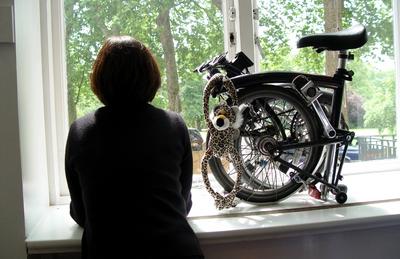

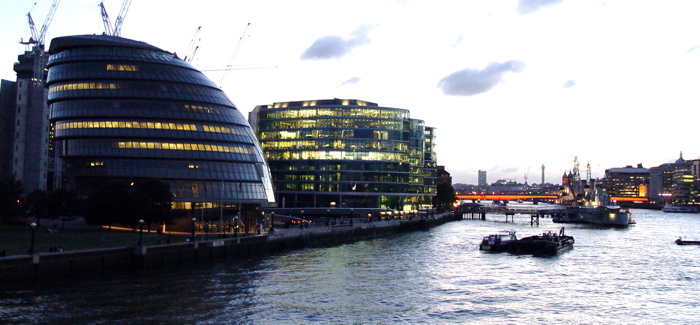 Looking west, towards HMS Belfast
Looking west, towards HMS Belfast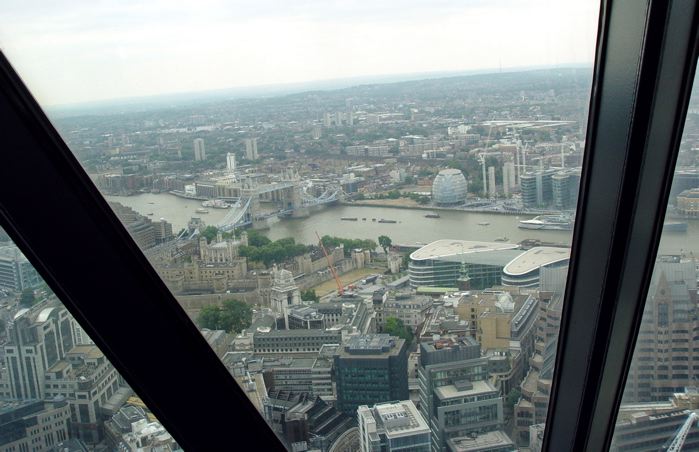
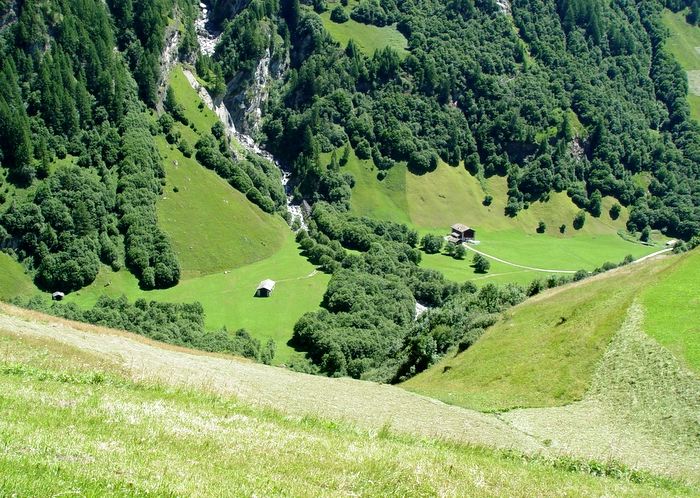
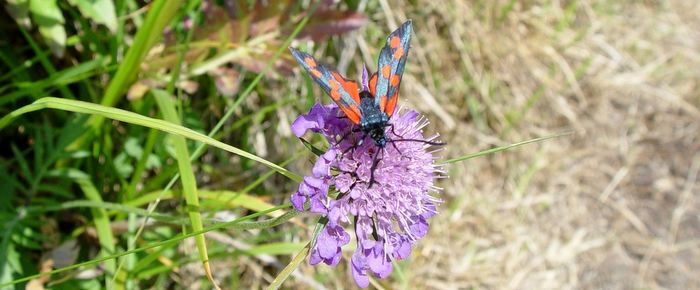 A Six-spot Burnet, says Sir Geoffrey Chandler
A Six-spot Burnet, says Sir Geoffrey Chandler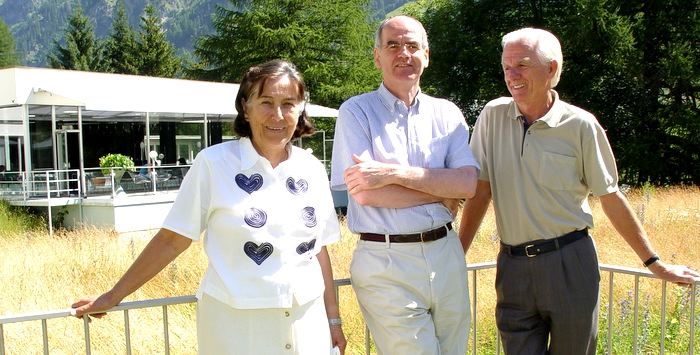
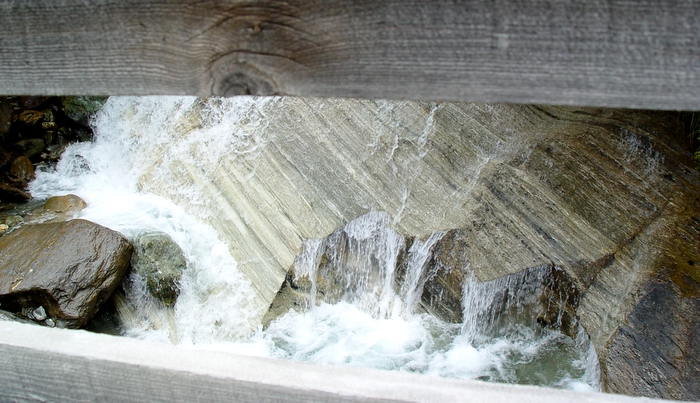
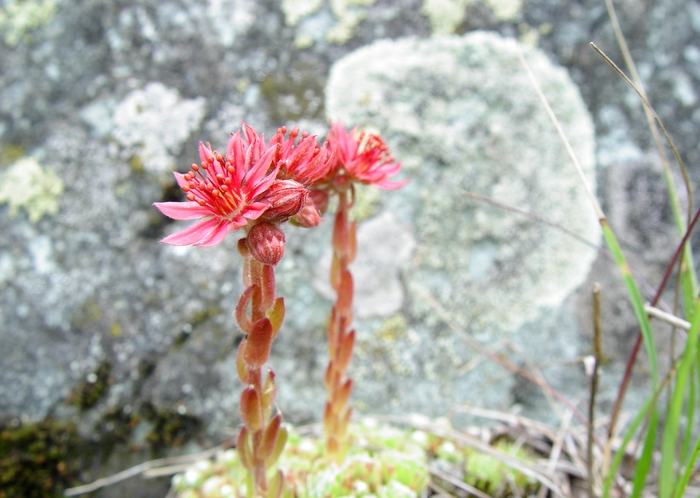
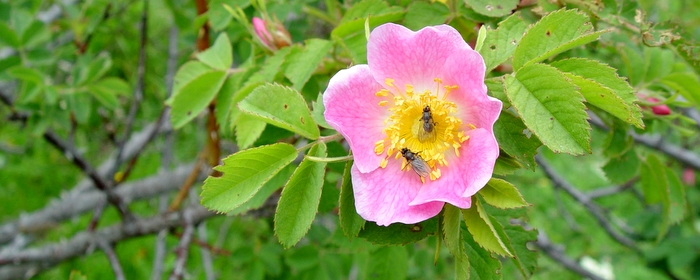
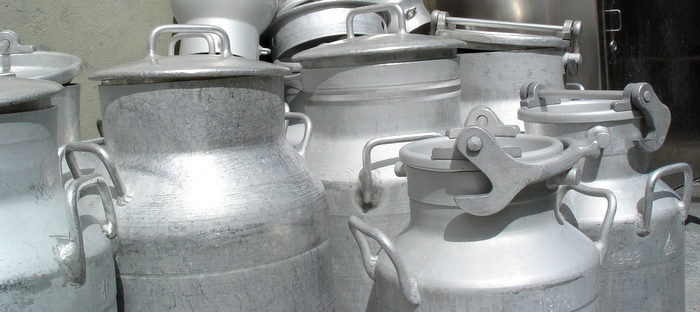
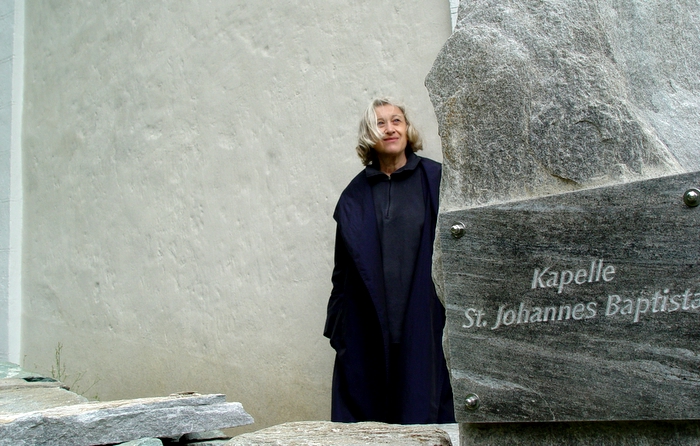 Elaine and chapel
Elaine and chapel Therme 1
Therme 1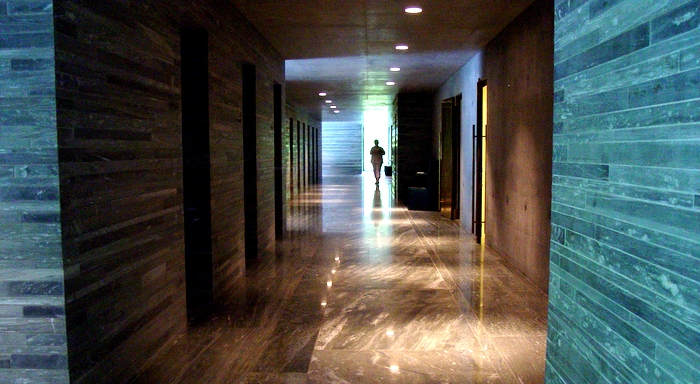 Therme 2
Therme 2
